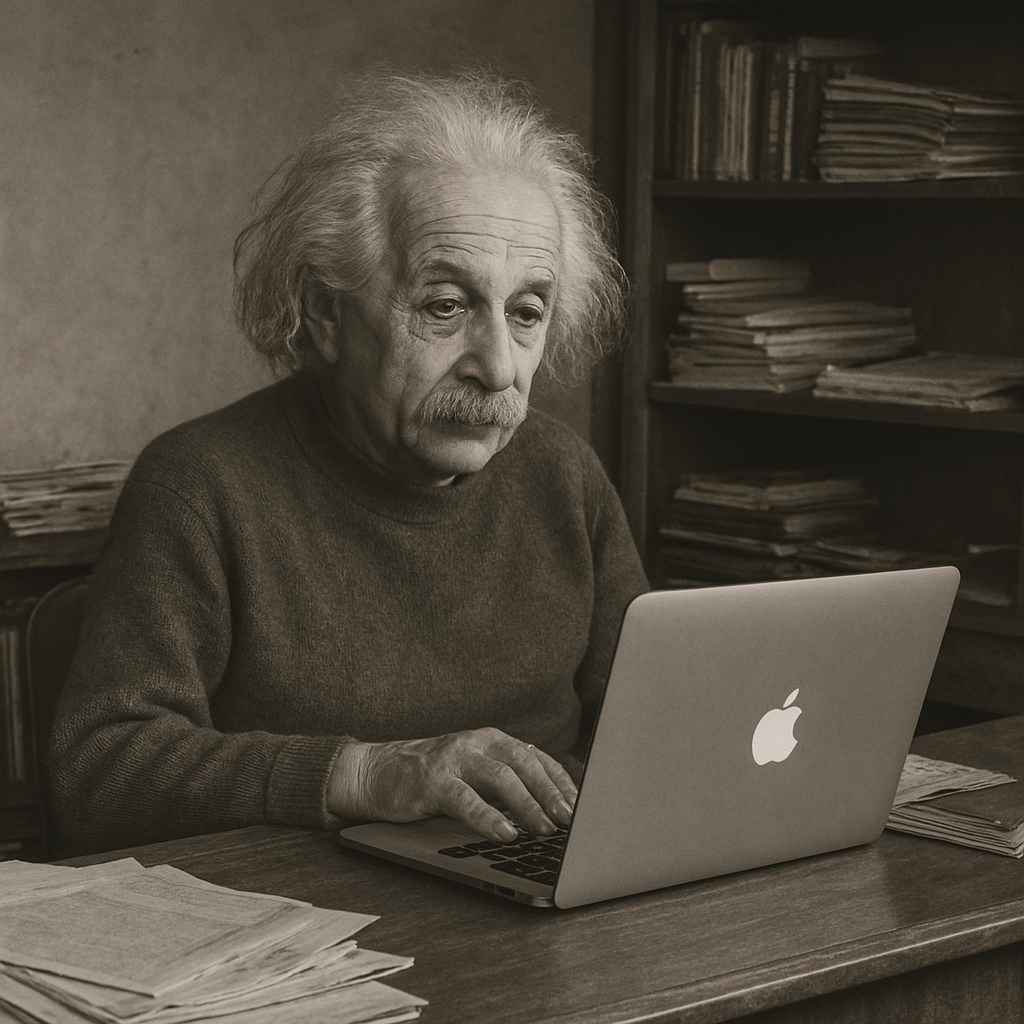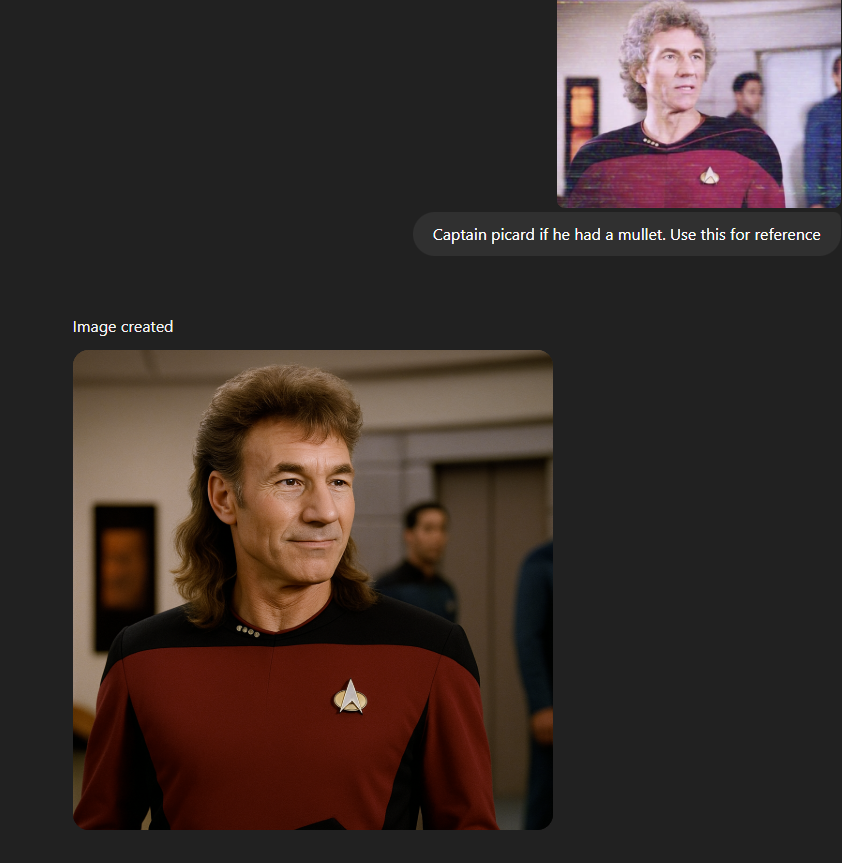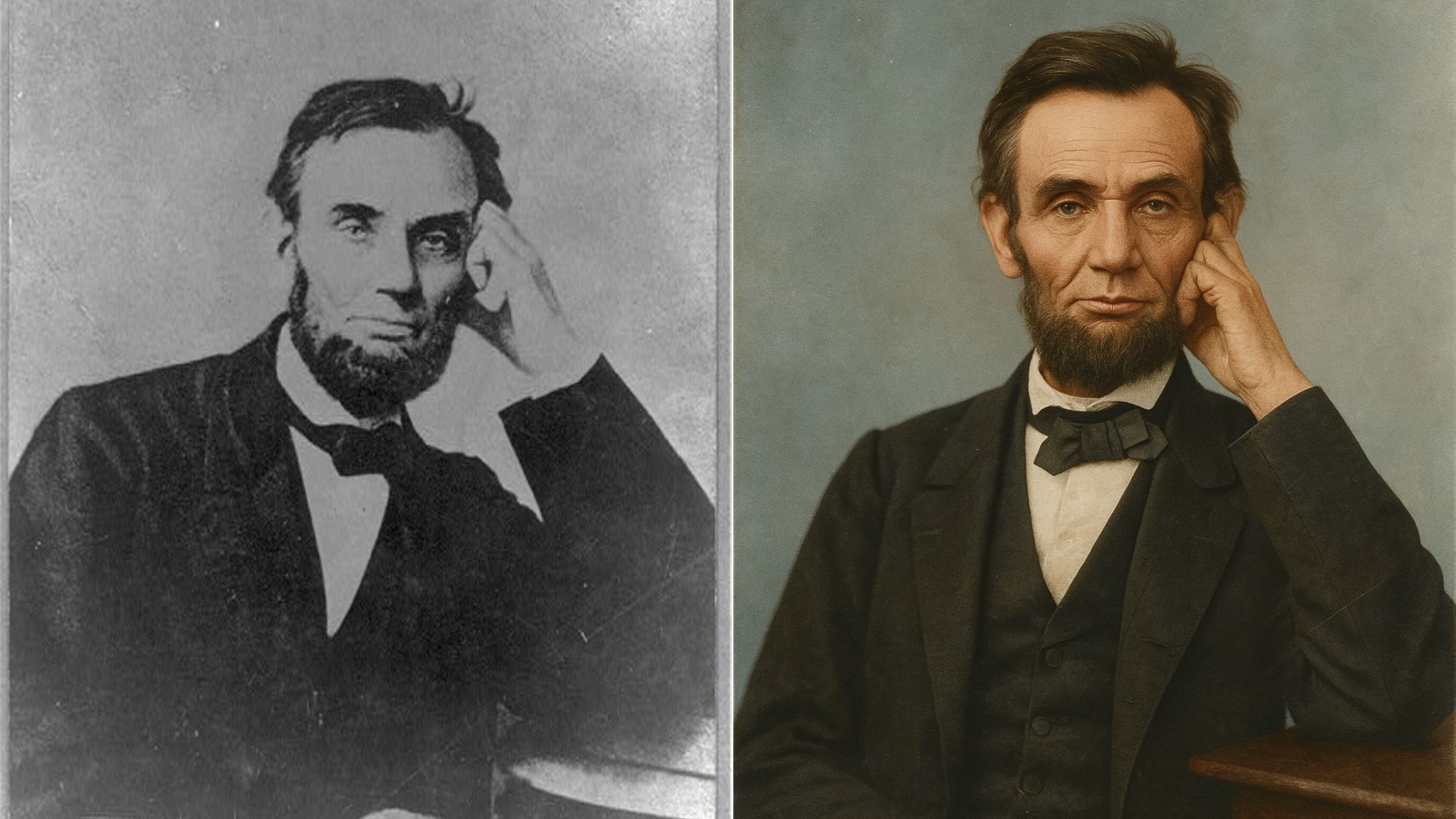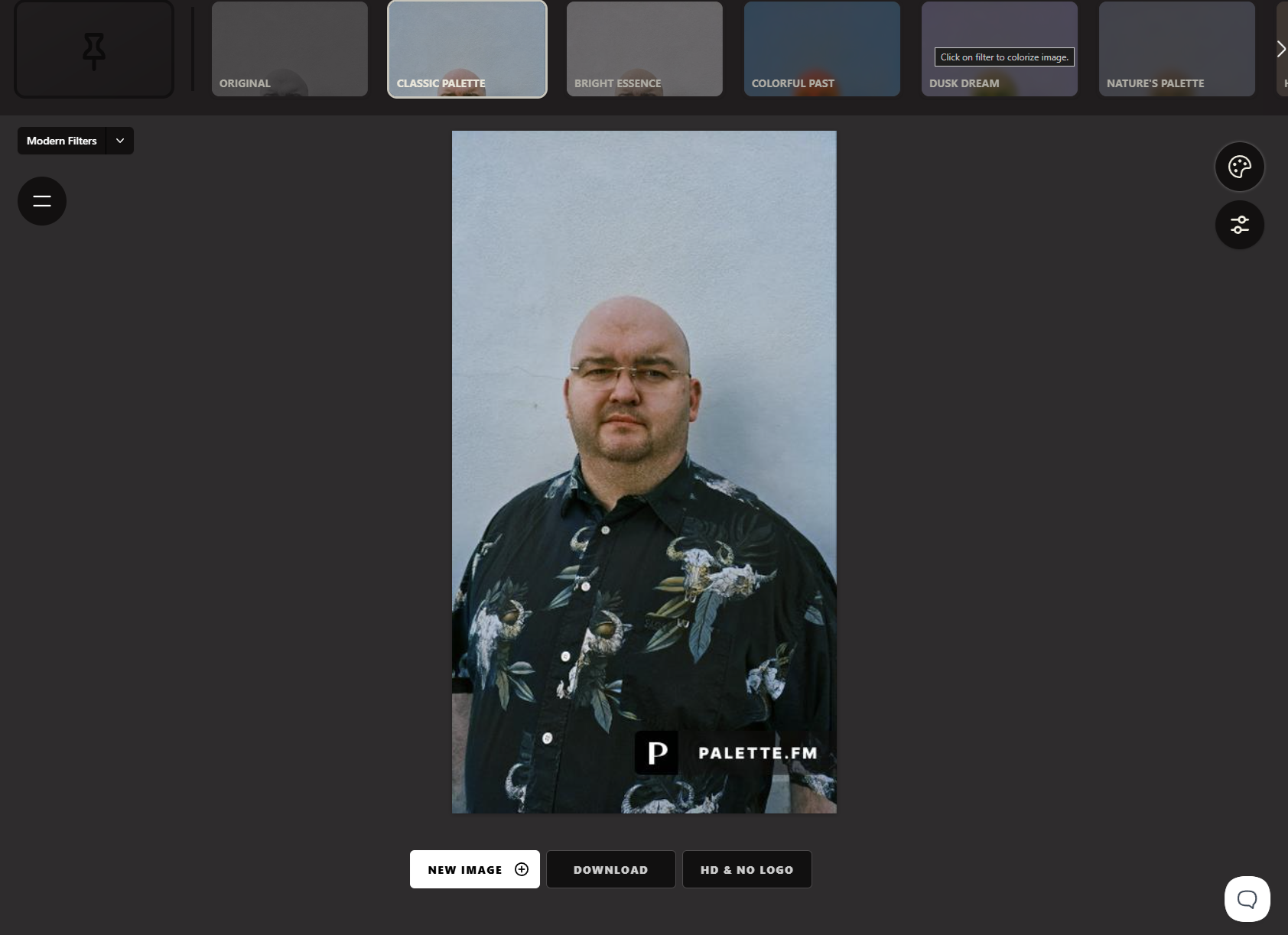DALL-E has been replaced by a new image-generation engine under GPT-4o, and boy is it a big jump. There seems to be little this new image generation tech can’t do, but what about adding color to old black and white photos?
This idea occurred to me as I was looking at some historical photos and their painstakingly-colorized versions, so I decided to see how well this cutting-edge image generation software could do this job.
GPT-4o Image Generation Can Practically Perform Miracles
The jump from DALL-E to the new GPT-4o image generation model is momentous. DALL-E had this telltale style that spoiled things even when you were going for photorealism, but this new model can create photos that are practically flawless. Consider this “photo” of Albert Einstein working on a MacBook.
If you look closely, there may be some flaws apparent, but I think that apart from the anachronism I put in there to make it clear this isn’t a real photo, it would pass the sniff test for a lot of people.
What also impressed me no end is how the image generation system integrated with ChatGPT itself. Since ChatGPT can see and understand images, you can use them to guide the generation process. For example, here I provide a sample image, and ask the bot to show me what Star Trek’s Captain Picard would look like with a mullet.
Note that it’s smart enough not to create him with a fish, but apart from that the software knowledge of the world shapes the prompt (which we don’t get to see) and the results are stunning. Forget about the foreground; look at how closely the background and composition of the original image has been mimicked.
So, could I put a black and white photo in and ask it to give me a colorized version?
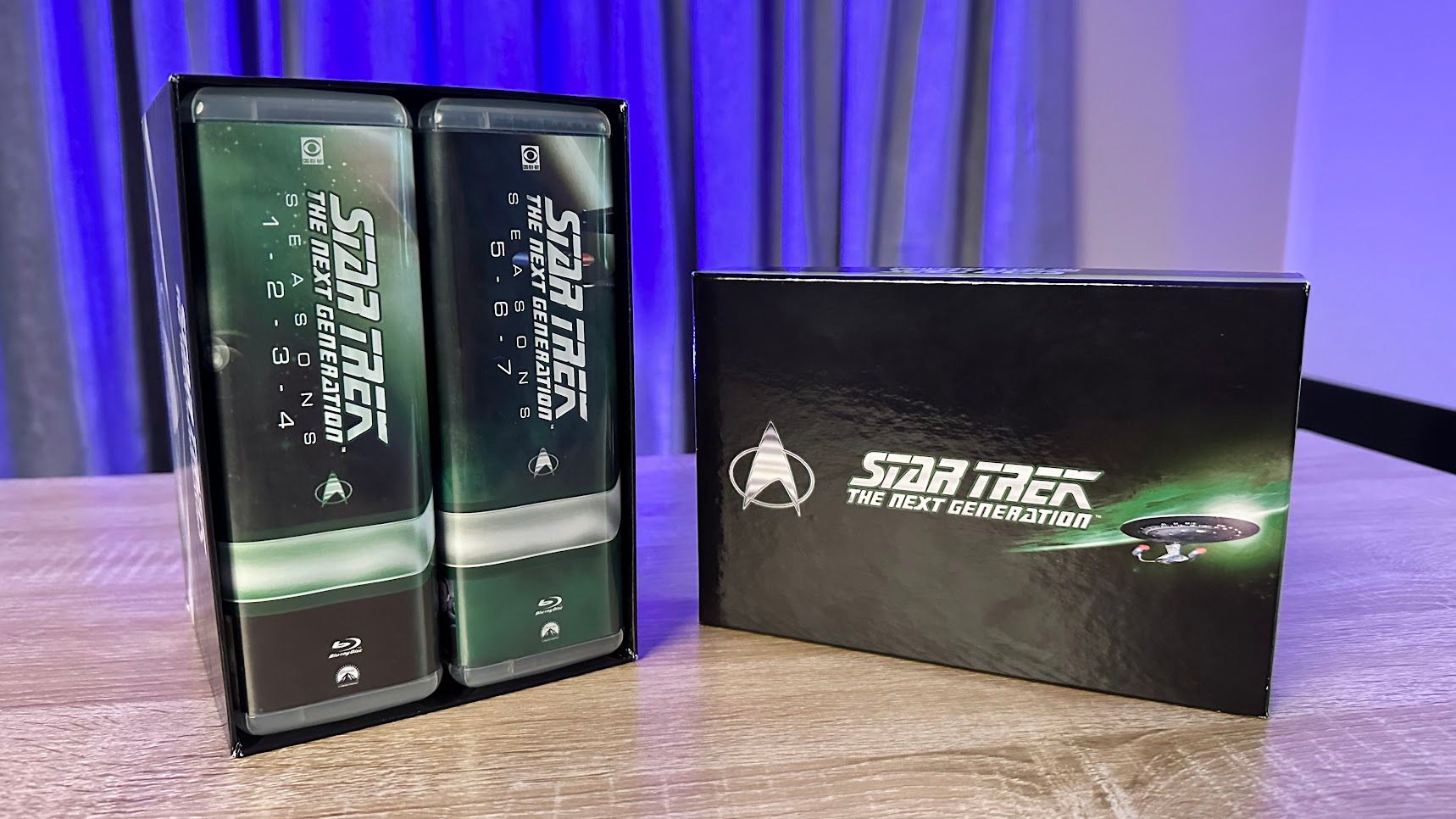
Related
Why I Bought Star Trek on Blu-ray Despite Streaming Services
I don’t have to suffer from saucer-separation anymore.
The Results of Colorization Requests are Impressive
I decided to visit the Library of Congress website and grab a few images from the “Free to use” section to test things out. I picked an image and asked ChatGPT to create a colorized photo.
What we get is something that looks pretty decent. Although, it’s also gone and cleaned up the image, which is not exactly what I want. So I often have to put in a follow-up request to try and preserve the original imperfections of the image, and just add color to it. I threw several photos into the mix this way, and overall the results are pretty convincing, but only at first glance.
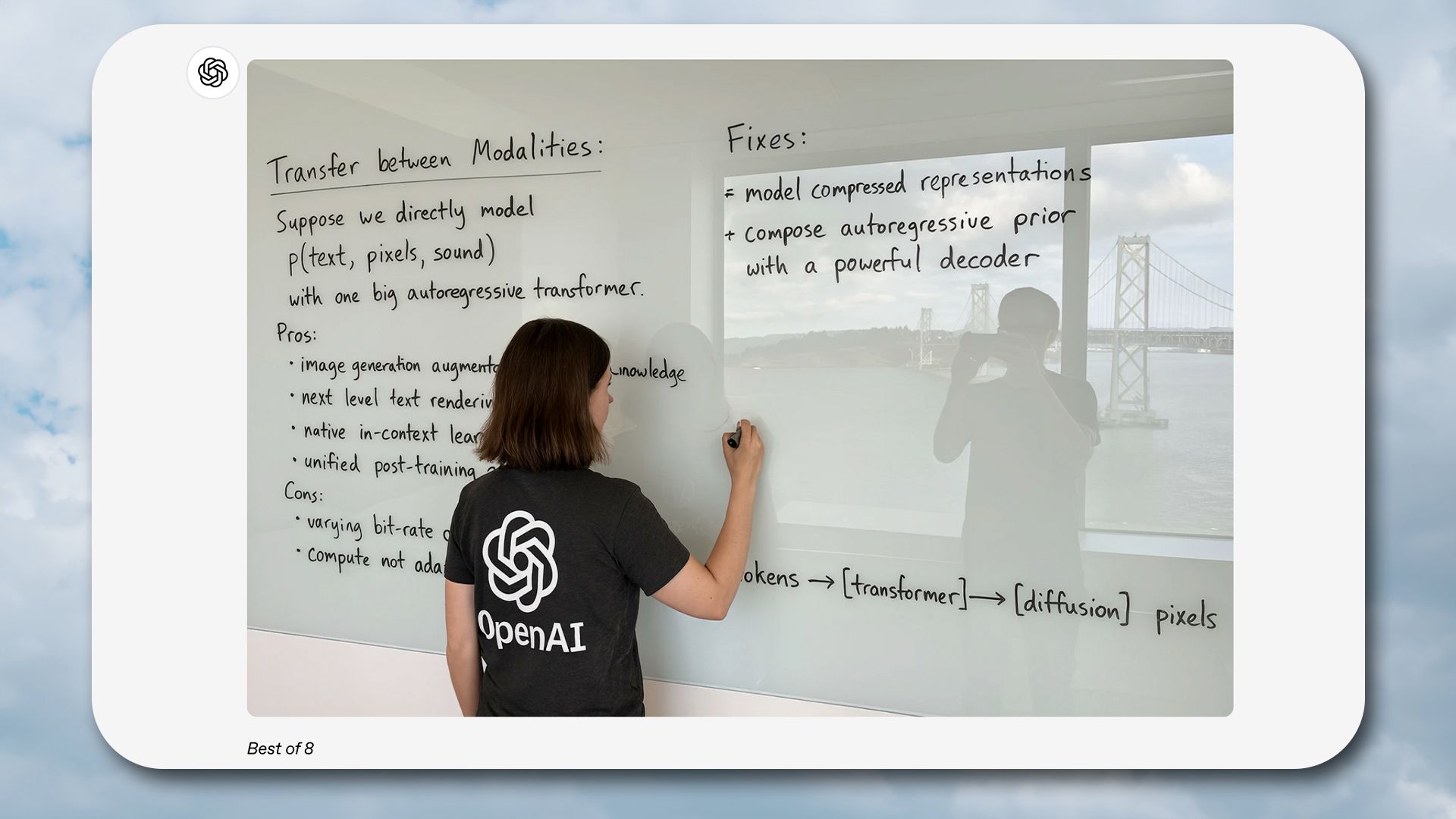
Related
ChatGPT Can Finally Generate Images With Legible Text
The new GPT-4o image generator is a huge step up from DALL-E 3.
But, Look Closely!
Except, if you look closely, or sometimes not even that closely, it’s obvious that these are not colorizations of the original photo, but a completely new image made to resemble the original photo.
Obviously, given how this technology works, that’s not too surprising, but unless the photo is of a famous person like Lincoln or Einstein, the image generator can’t really keep the face of the original person. Sometimes it does an OK job, but I bet someone who actually knows the person in question will immediately clock that something isn’t right.
For example, I asked it to colorize this photo of me, and I don’t know who that guy is!
Real Colorization Preserves The Original Photo
The people who do real colorization work have it much easier these days because of digital tools, but it’s still a painstaking process that’s driven by their historical expertise and research into what colors are most likely to be the correct ones for that time and place.
When you put the colorized photo side-by-side with the original, the photos look identical, apart from the color and other touch-up work. History is both preserved and brought to life. Right now, despite how impressive GPT-4o is as an image generator, it just can’t do that yet.
It’s Not Suitable for Important Photos
Playing around with colorization, especially for photos with recognizable historical figures, is pretty fun. However, the fact is that this isn’t real colorization.
So if you have photos that need colorization, especially family photos, then I wouldn’t suggest trying to use this method yet. However, there are online AI services that have been built for this specific job, and I was curious to see if they did any better. Most will let you colorize a few images for free, and here’s what my photo looked like after being put through Deep AI’s colorizer. The original is on the right.
This did a great job of keeping the original photo, but honestly, the colors don’t look that great and it missed a few spots. I also tried Palette which actually did a great job, and that’s what I’d use if I had some family photos I needed to spruce up.
I’m really pleased with that, but I’m also still excited to see what the powerful and freeform talents of future models like GPT-4o’s image generator could do that these specialized colorizers can’t.


